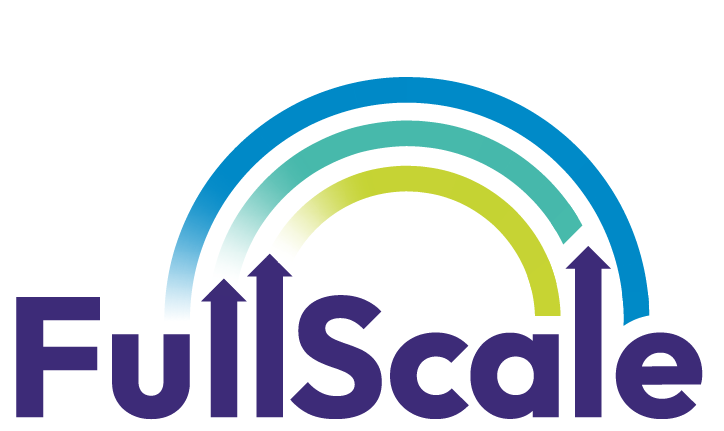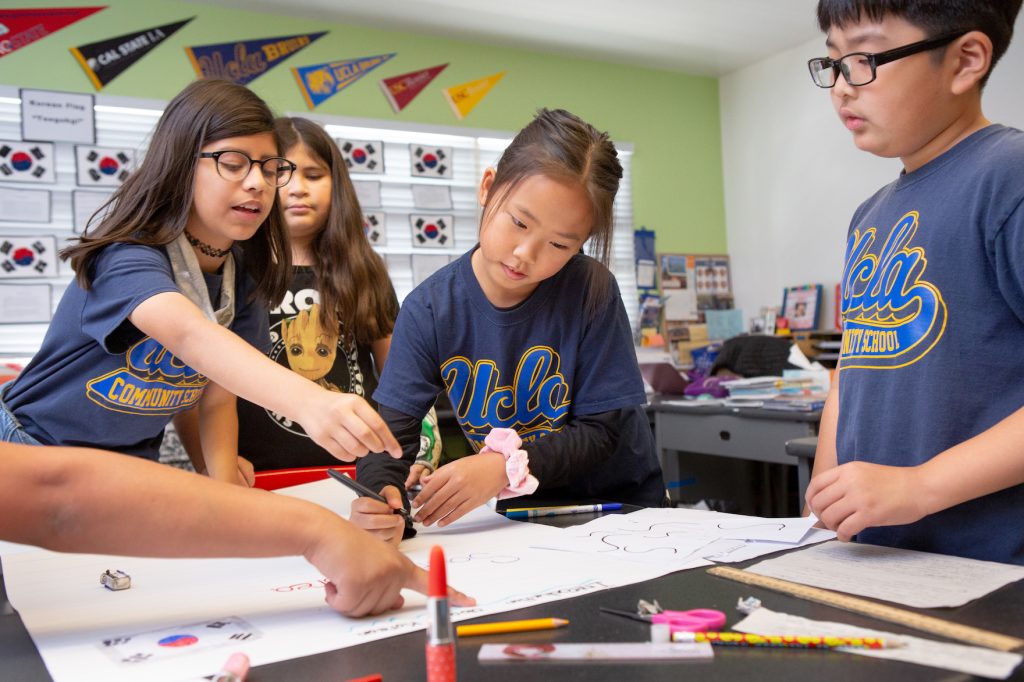The previous two blog posts, What Do Teachers Need to Know and Be Able to Do to Succeed in Personalized, Competency-Based Learning Environments? and Transforming the Educator Workforce: Creating Multiple, High-Quality Teacher Pathways, Developing Professional Judgment and Building Assessment Literacy, highlighted four essential strategies for states and school districts to transform educator workforce systems.
This blog post examines another critical consideration in the transformation of educator preparation and development systems: equity by design in the educator workforce.
Diversity and inclusion within the educator workforce are essential for transformation to competency-based education systems designed for equity.
The CompetencyWorks paper, In Pursuit of Equality: A Framework for Equity Strategies in Personalized, Competency-Based Education, introduces an equity framework and guiding principles that states, districts and schools can use to create and embed equity strategies within their personalized, competency-based systems.
To enhance equity, educators within personalized, competency-based systems should be able to:
- Challenge implicit bias through a combination of personal responsibility for seeking out biases through collaborative teaching and calibration and using data to identify patterns of bias;
- Identify and seek ways to address systemic bias and structural inequities;
- Reflect the diversity of the student population and actively work toward attaining cultural competency;
- Build students’ social capital through internships, mentorships and teaching students how to build powerful networks; and
- Foster positive school climates so students feel safe and respected, trust that educators fully believe in them and feel the system is fair.
Enhancing diversity and inclusion within the educator workforce will help personalized, competency-based education systems to address each of these issues. However, creating a more diverse educator workforce, with the requisite skill sets to meet the needs of every student, will not be easy or simple. It will require a dramatic change in educator pre-service training, licensure, teacher recruitment, professional development and evaluation systems. These systems must build capacity in educators to embed equity strategies into the learning designs of school systems. This can include school design, pedagogy, operations (including scheduling and calendars), grading practices and disciplinary policies.
State policymakers and local education leaders can chart a course of action to effectively attract and support diverse educators to meet student needs in competency-based education systems, including activating student voice to inform systems and build the next generation of educators.
This is the fourteenth article in the Current to Future State series that explores the ideas in the iNACOL report titled: Current to Future State: Issues and Action Steps for State Policy to Support Personalized, Competency-Based Learning.
Learn More:
- CompetencyWorks ‒ In Pursuit of Equality: A Framework for Equity Strategies in Competency-Based Education
- iNACOL and KnowledgeWorks ‒ Laying the Foundation for Competency-Based Education: A Policy Guide for the Next Generation Educator Workforce
- iNACOL ‒ Fit for Purpose: Taking the Long View on Systems Change and Policy to Support Competency Education



